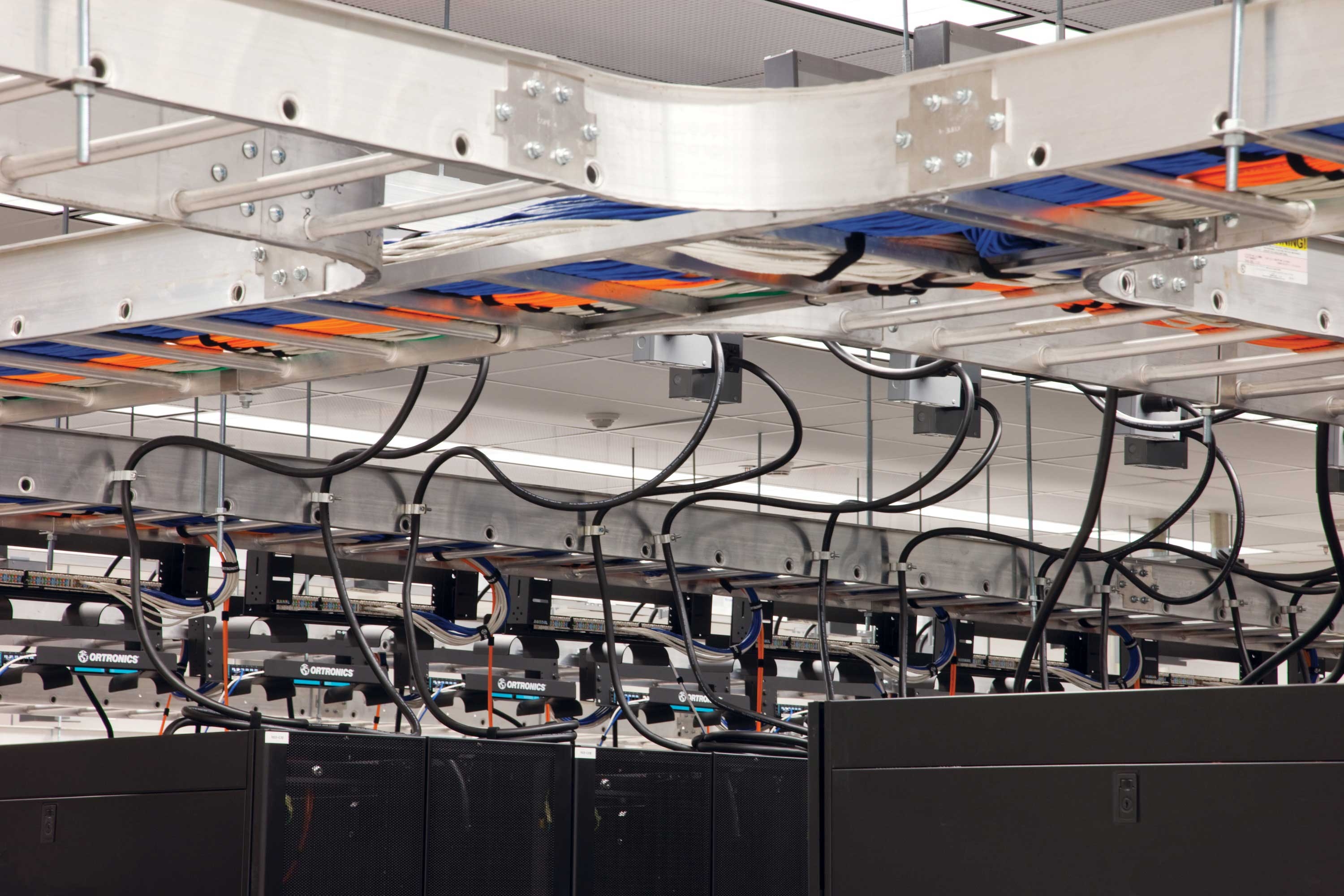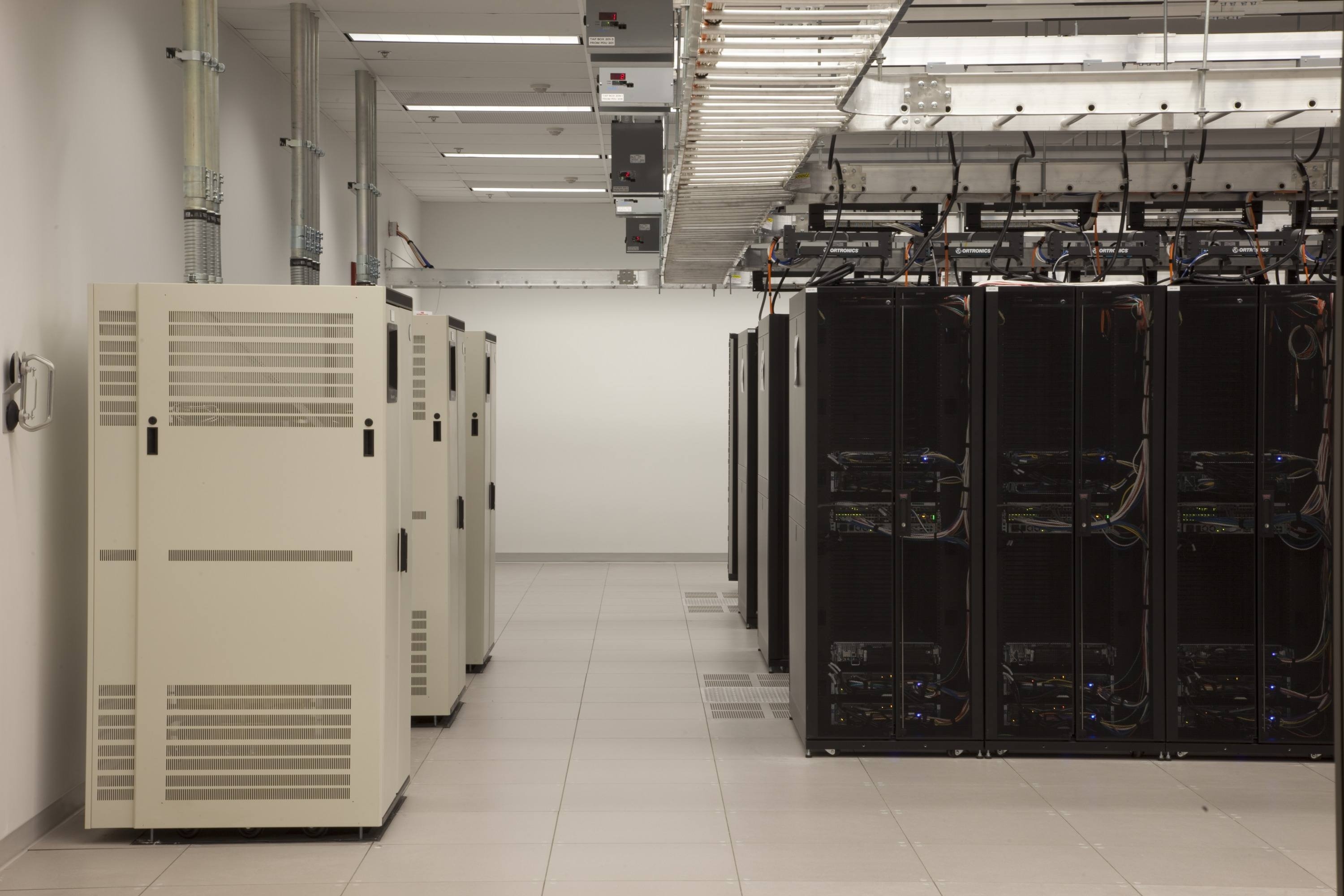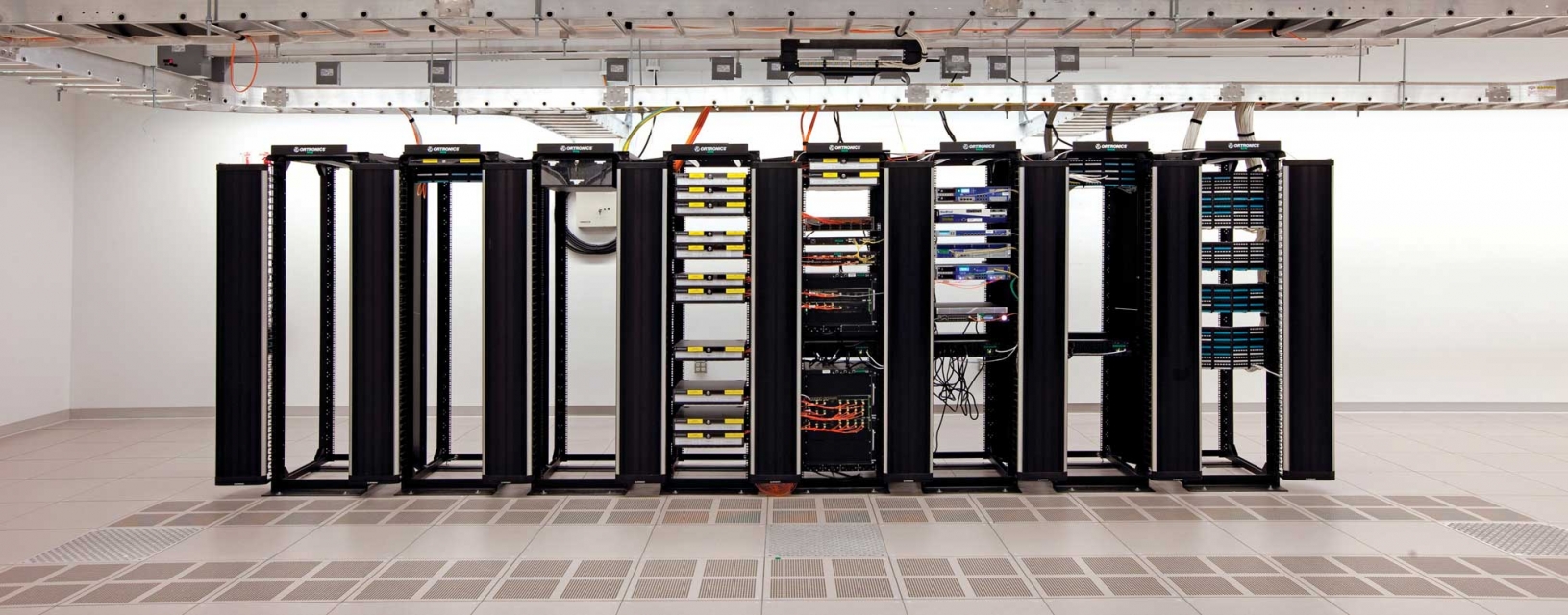The well-organized overhead wiring distribution strategy accommodates rack installations with little or no involvement from outside contractors, reducing the time and cost of implementing IT changes. In fact, the arrangement of the systems infrastructure has enabled UMass Medical School to realize additional security controls for their data center space without compromising the ability of the IT team to manage the data center and its supporting systems.
Big Data in a Little Space
People may not associate data centers with design creativity—however, when the University of Massachusetts Medical School commissioned SMMA to consolidate their data center needs, we were forced to think outside the proverbial box.
The challenge: Convert a portion of an existing multi-tenanted, continuously operating semiconductor fabrication facility into a versatile and high-efficiency data center capable of supporting multiple user requirements. For SMMA, the installation is singular for the design solutions we implemented, all of which contributed to meeting the client’s strict requirements for reliability, scalability, flexibility and security, and perhaps most importantly, their particular goals for energy efficiency.
Although the project required a substantial amount of selective demolition and relocation of existing services, the space was advantageous in that it featured high bays and a long-span truss, affording SMMA the opportunity to create a center uninterrupted by columns. SMMA designed a 24-inch high raised floor throughout—this serves as the supply air plenum to the open, 7,500-square-foot data center space. Electrical and telecommunications distribution occurs via overhead buss ways and cable trays, providing accessible distribution pathways while optimizing the use of the underfloor plenum for conditioned air to the rack-mounted data center equipment.



